News Beat
News Beat reporting is an idrw.org initiative to let our Readers to report News Based on Actual facts but some how has not been reported in Main Stream Media .
SOURCE: RAUNAK KUNDE / NEWS BEAT / IDRW.ORG

The Indian Air Force’s (IAF) fleet of Light Combat Aircraft (LCA) Tejas trainers is steadily growing. Recent images emerging from the Hindustan Aeronautics Limited (HAL) assembly line show the sixth trainer aircraft, LCA Trainer (LT 5206), in various stages of preparation.
This development comes after HAL delivered the first twin-seater trainer (LT 5201) to the IAF in Bengaluru on October 4, 2023. These trainers play a vital role in pilot conversion training within IAF squadrons before graduating to flying the upgraded single-seater Tejas Mk1A fighter jets.
Continue readingSOURCE: RAUNAK KUNDE / NEWS BEAT / IDRW.ORG
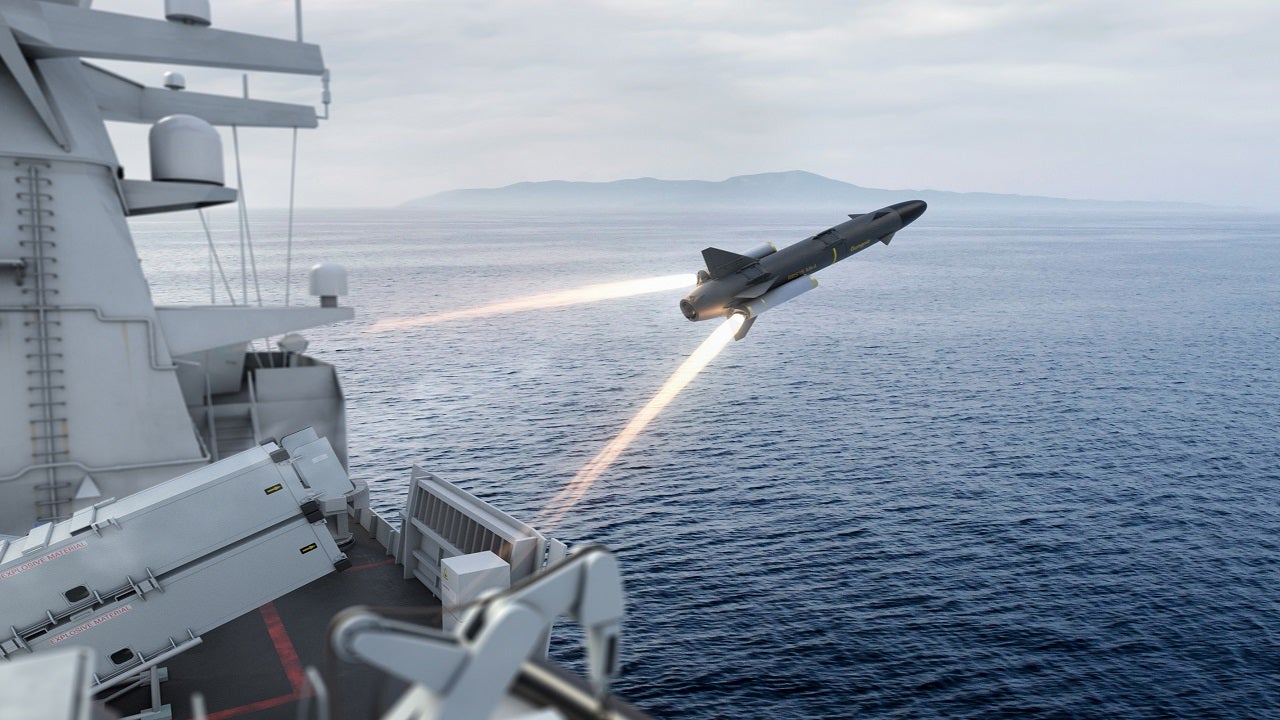
Saab, the Swedish defence giant, is making a major push into the Indian market. In March 2024, they announced the construction of their first-ever manufacturing facility outside Sweden, a 3.6-acre site at MET City, Jhajjar, dedicated to producing the Carl-Gustaf M4 weapon system.
Saab’s ambitions extend beyond the Carl-Gustaf. They’re exploring the possibility of manufacturing and supplying India with the RBS15 anti-ship missile. This versatile missile boasts land-attack capabilities and a 200kg warhead with a range exceeding 300km.
Continue readingSOURCE: RAUNAK KUNDE / NEWS BEAT / IDRW.ORG
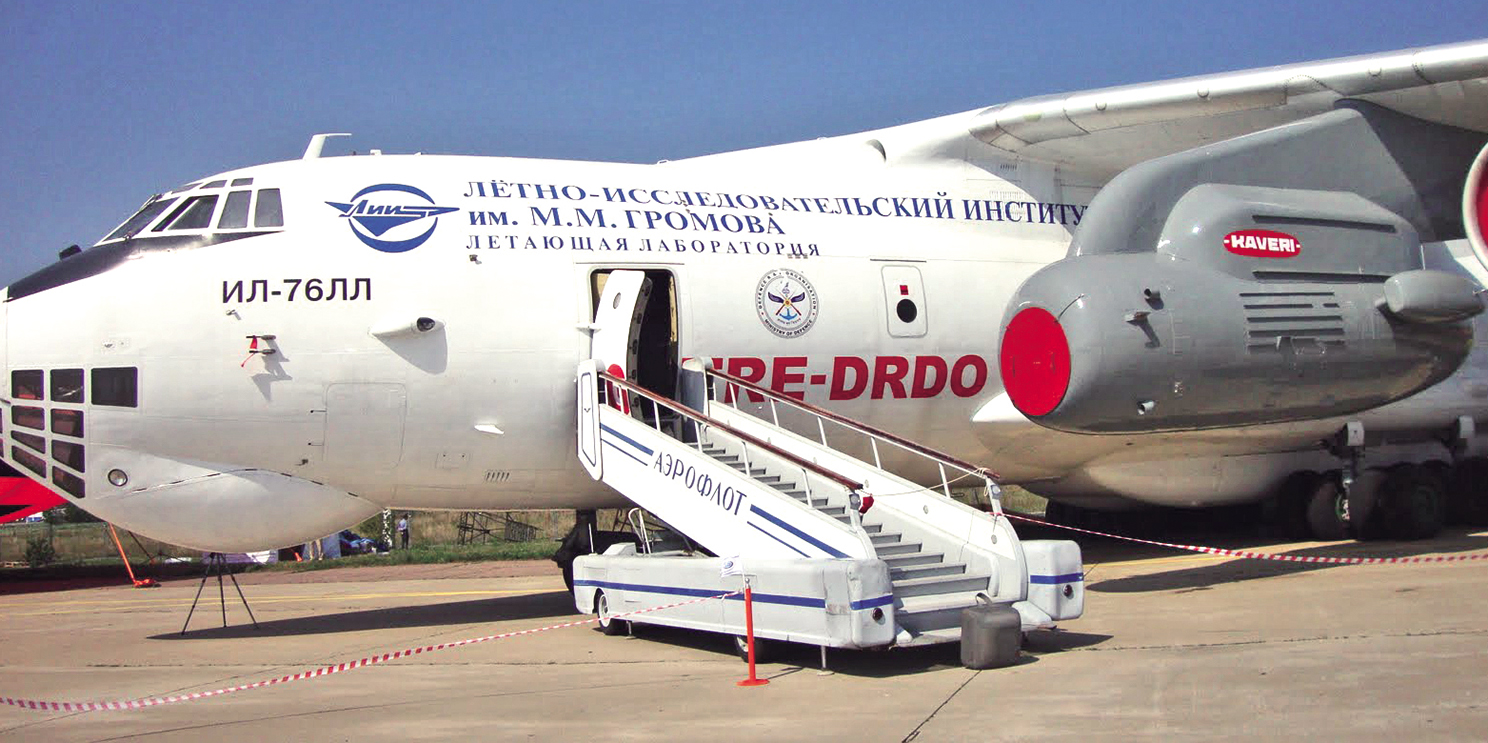
The Defense Research and Development Organization’s (DRDO) Gas Turbine Research Establishment (GTRE) is gearing up to spearhead two critical engine development programs crucial for India’s defence capabilities. These initiatives include the creation of a homegrown Dry Kaveri engine for Unmanned Remotely Piloted Strike Aircraft and a new 110kN engine for India’s ambitious 5th generation Advanced Medium Combat Aircraft (AMCA) fighter jet program.
However, despite the progress in engine development, GTRE faces a significant hurdle—the lack of a flying Testbed essential for conducting in-flight trials of these engines. The proposed solution to this challenge has been met with innovation and resourcefulness.
Continue readingSOURCE: RAUNAK KUNDE / NEWS BEAT / IDRW.ORG
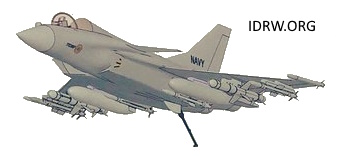
The Indian Navy’s quest for a new carrier-borne fighter jet, the Twin Engine Deck Based Fighter (TEDBF), is making steady progress, albeit with adjustments to the original timeline. The Aeronautical Development Agency (ADA) is spearheading the development, aiming to replace the ageing MiG-29K fleet on aircraft carriers INS Vikramaditya and INS Vikrant.
The Aeronautical Development Agency (ADA) is working diligently to complete the Critical Design Review (CDR) for all TEDBF systems by early 2025. This review signifies a crucial stage in the design process, ensuring all systems meet performance and integration requirements.
Continue readingSOURCE: RAUNAK KUNDE / NEWS BEAT / IDRW.ORG
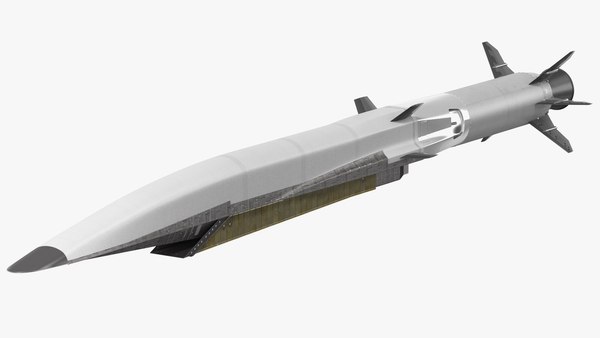
India’s Defence Research and Development Organisation (DRDO) has issued tenders for a critical project aimed at developing hypersonic cruise missiles. Project ET-LDHCM focuses on the creation of long-distance hypersonic cruise missiles and requires advancements in high-temperature material coatings.
Hypersonic missiles travel at speeds exceeding Mach 5, creating immense heat due to friction with air molecules. This necessitates the use of refractory alloys like Niobium, Molybdenum, and Tungsten in the construction of these missiles. However, these alloys oxidize rapidly at high temperatures, compromising their performance.
Continue readingSOURCE: RAUNAK KUNDE / NEWS BEAT / IDRW.ORG
Solar Industries India Limited (SOLARINDS) is gearing up for a new challenge, as confirmed by Chairman Satyanarayan Nandlal Nuwal. The Indian Air Force (IAF) has reportedly requested the development of a 1000kg (one-tonne) air bomb. This large-scale weapon is likely to be part of the Make-II Defence Production program, aimed at bolstering domestic production of critical defence equipment.
The new bomb project follows the successful testing of SOLARINDS’ indigenously developed 125kg bomb on Su-30MKI fighter jets. Similar to the 125kg bomb, the new one is expected to be a universal weapon, compatible with existing IAF aircraft like the Su-30MKI and Mirage-2000. This interchangeability would provide pilots with operational flexibility and streamline logistics.
Continue readingSOURCE: RAUNAK KUNDE / NEWS BEAT / IDRW.ORG

India recently greenlit its ambitious Advanced Medium Combat Aircraft (AMCA) program, aiming to develop a domestic 5th-generation fighter jet. With a budget of ?15,000 crores (roughly $1.8 billion), the AMCA program boasts one of the lowest funding levels for such an undertaking globally.
For comparison, South Korea’s KF-21 program, launched in 2015, carries an estimated price tag of $6.59 billion. The initial variant of the KF-21 lacks features like an internal weapons bay and stealth coating, making it more of a 4.5-generation aircraft for now. While a true stealth variant (Block-III) is planned for 2030, its unit cost is expected to exceed $100 million, pushing the overall program cost past the $7 billion mark.
Continue readingSOURCE: RAUNAK KUNDE / NEWS BEAT / IDRW.ORG
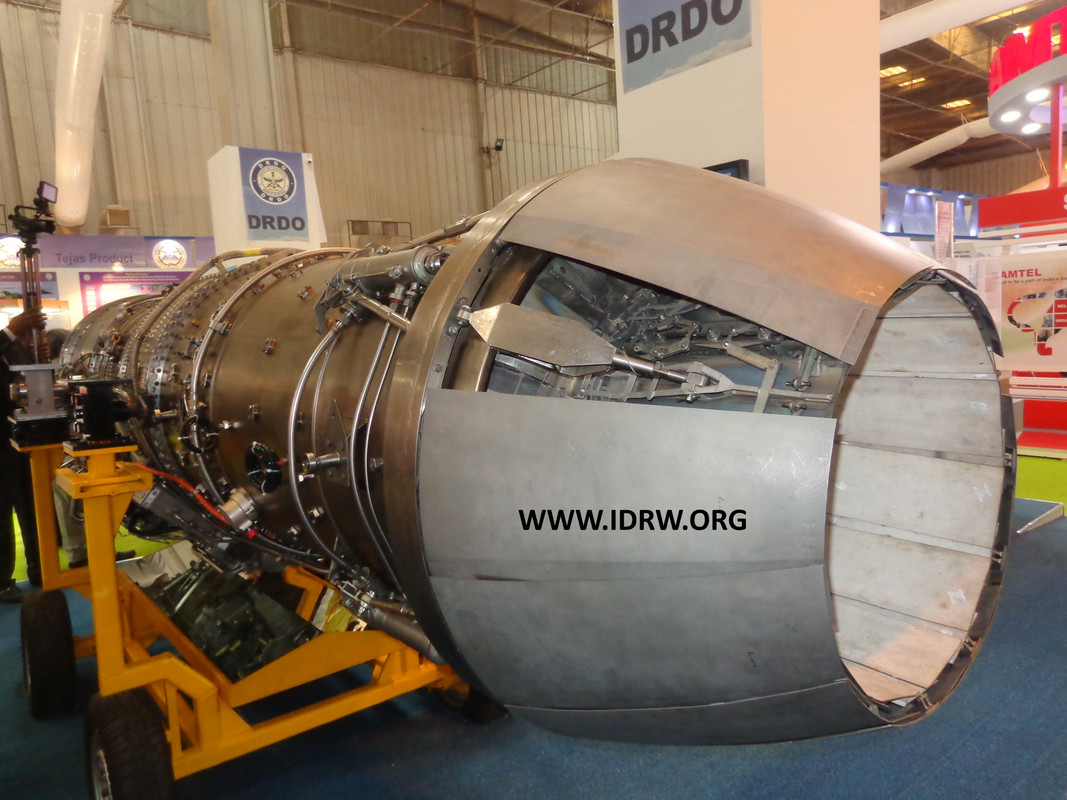
The Defense Research and Development Organization (DRDO) is poised to usher in a new era in Indian aviation with its groundbreaking developments in the Kaveri engine project. With preparations underway for testing the DRY Kaveri engine and aiming for Initial Flight Release Certification later this year.
GTRE has commenced receiving newly built modules, marking the initial steps towards the production of the first newly built DRY Kaveri engine. GTRE has plans to develop a new DRY Kaveri engine, the current set of DRY Kaveri engines were older engines that were modified to be used as Technological demonstrators.
Continue readingSOURCE: RAUNAK KUNDE / NEWS BEAT / IDRW.ORG

The Defence Research and Development Organisation (DRDO) recently showcased its WHAP 8×8 armoured vehicle platform, with a variant specifically designed for Chemical, Biological, Radiological, and Nuclear (CBRN) defence.
Discussions are reportedly underway between the Indian Army and DRDO regarding the development of a 105mm cannon variant of the WHAP platform. This variant is envisioned as a Light Combat Tank (LCT), designed to complement Main Battle Tanks (MBTs) on the battlefield. idrw.org has been told some countries are looking for more firepower and might be interested in LCT variant. DRDO is already developing ATGM Variant of the Whap.
Continue readingSOURCE: RAUNAK KUNDE / NEWS BEAT / IDRW.ORG

Solar Industries India Limited (SOLARINDS) has unveiled the Bhargavastra Weapons System, a revolutionary defense technology designed to combat Unmanned Aerial Vehicles (UAVs) and drones. This innovative system was showcased on the Bharat-Shakti defence portal Youtube video, highlighting its potential to safeguard Indian airspace.
Developers of the Bhargavastra system describe it as a comprehensive configuration encompassing various critical components:
Continue readingSOURCE: RAUNAK KUNDE / NEWS BEAT / IDRW.ORG
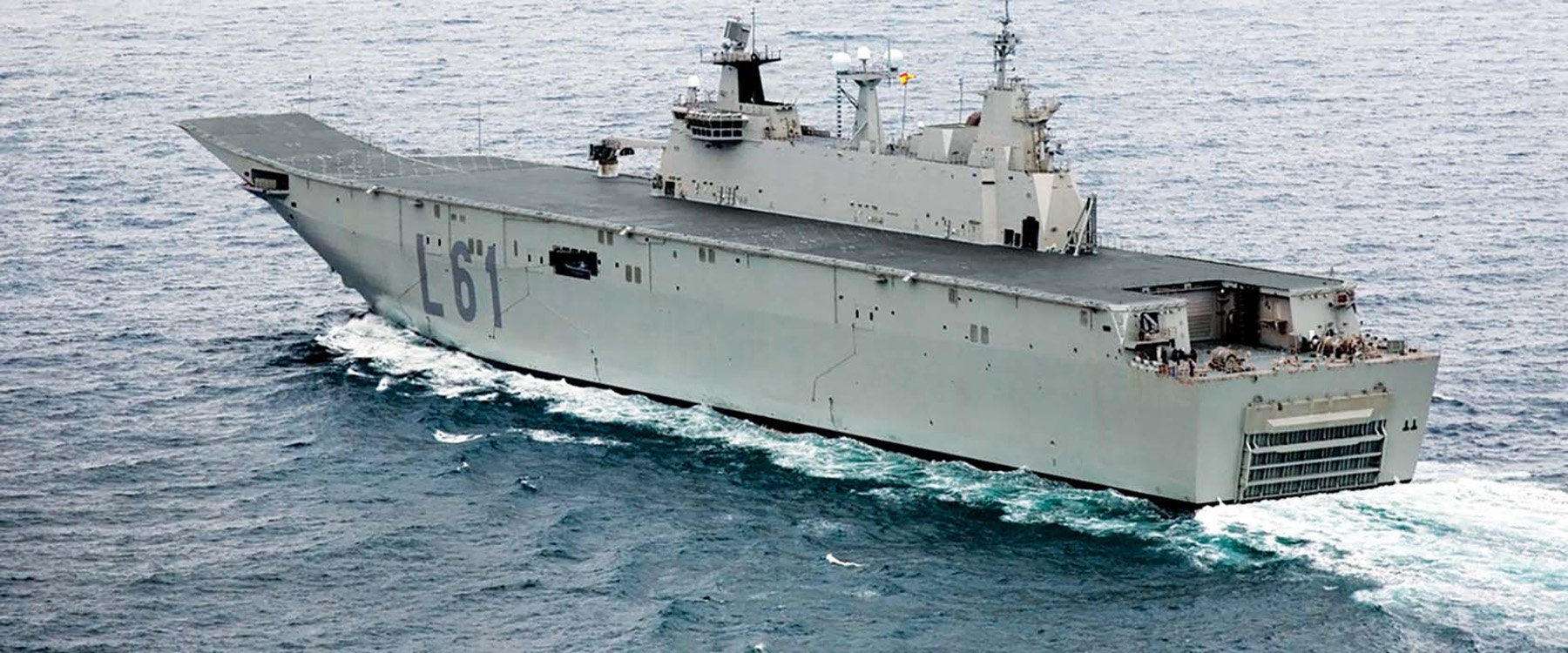
Navantia, a prominent Spanish state-owned shipyard, has set its sights on supplying the Indian Navy with its latest offering – the Juan Carlos I class multi-purpose amphibious assault ship. This news comes as the Indian Navy seeks to bolster its fleet with Landing Platform Docks (LPDs).
Amparo Valcarce, Spain’s Secretary of State for Defence, confirmed that Spain is not just offering the Juan Carlos I class LDPs, but also proposing their construction within India through a technology transfer (ToT) agreement. This “Make in India” approach would involve building a 26,000-ton LDP at a selected Indian shipyard, fostering domestic shipbuilding capabilities.
Continue readingSOURCE: RAUNAK KUNDE / NEWS BEAT / IDRW.ORG
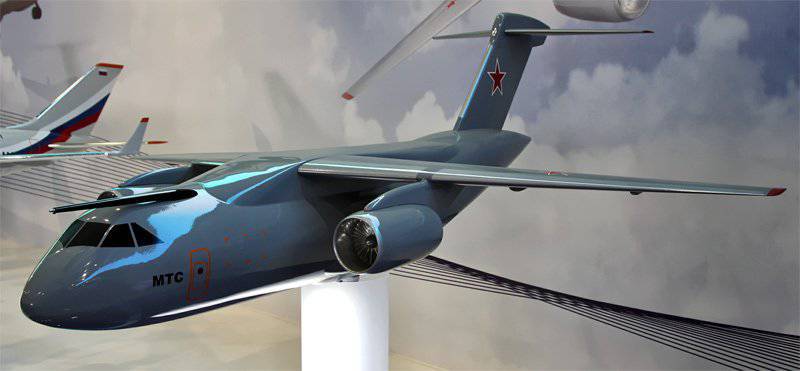
Fearing exclusion from the upcoming Medium Transport Aircraft (MTA) program, India’s state-owned aerospace giant Hindustan Aeronautics Limited (HAL) is lobbying for the development of a completely indigenous cargo transporter. This comes amidst the successful execution of the C-295 transport aircraft order by a private company, a first for India.
Sources familiar with the program inform idrw.org that HAL is advocating for the indigenous development of a new cargo aircraft. This approach aims to bolster India’s self-reliance in the defence sector and potentially create a long-term advantage in terms of maintenance and future upgrades.
Continue readingSOURCE: RAUNAK KUNDE / NEWS BEAT / IDRW.ORG

The recent clearance by the Cabinet Committee on Security (CCS) for India’s Advanced Medium Combat Aircraft (AMCA) program has reignited discussions regarding the fate of the Multi-Role Fighter Aircraft (MRFA) tender, which seeks to procure 114 jets from various countries. Amidst growing calls to scrap the MRFA tender, stakeholders familiar with the program have indicated idrw.org that such a move is unlikely despite the push for indigenous aircraft production.
The MRFA tender has attracted proposals from multiple countries, offering a range of fighter jets to meet India’s operational requirements. However, with the decline in squadron levels and the production of AMCA or Tejas MkII still a year away, the Indian Air Force (IAF) faces a critical shortage of combat aircraft. While the IAF advocates for the acquisition of 114 jets manufactured in India under transfer of technology (ToT) agreements, the tender process has yet to progress to the issuance of Acceptance of Necessity (AoN) or Request for Proposal (RFP) stages, suggesting that a conclusion to the program may be distant.
Continue readingSOURCE: RAUNAK KUNDE / NEWS BEAT / IDRW.ORG

Lieutenant General P R Shankar (Retd.) recently addressed a Southern Command seminar on National Security and Building Bharat. During his speech, he revealed details about the ongoing development of a next-generation ramjet-powered artillery shell by the Indian Institute of Technology Madras (IIT Madras) and the Army Design Bureau (ADB).
Lt Gen Shankar confirmed that a test of the 155mm ramjet shell was conducted last month at Balasore. While the test was not entirely successful, it provided valuable data for further development. The team is currently working on a 10th-12th iteration of the design, which is expected to be ready soon.
Continue readingSOURCE: RAUNAK KUNDE / NEWS BEAT / IDRW.ORG

India’s recent successful test of the Agni-V missile equipped with MIRV (Multiple Independently Re-entry Vehicle) technology marks a significant advancement in the country’s strategic capabilities. This development strengthens India’s nuclear triad, a three-pronged deterrent system encompassing land, air, and sea-based nuclear launch platforms.
While the Agni-V test bolsters offensive capabilities, India is simultaneously focusing on defensive measures. Following the deployment of Phase-I BMD, the country is actively developing a Phase-II system and Beyond.
Continue reading